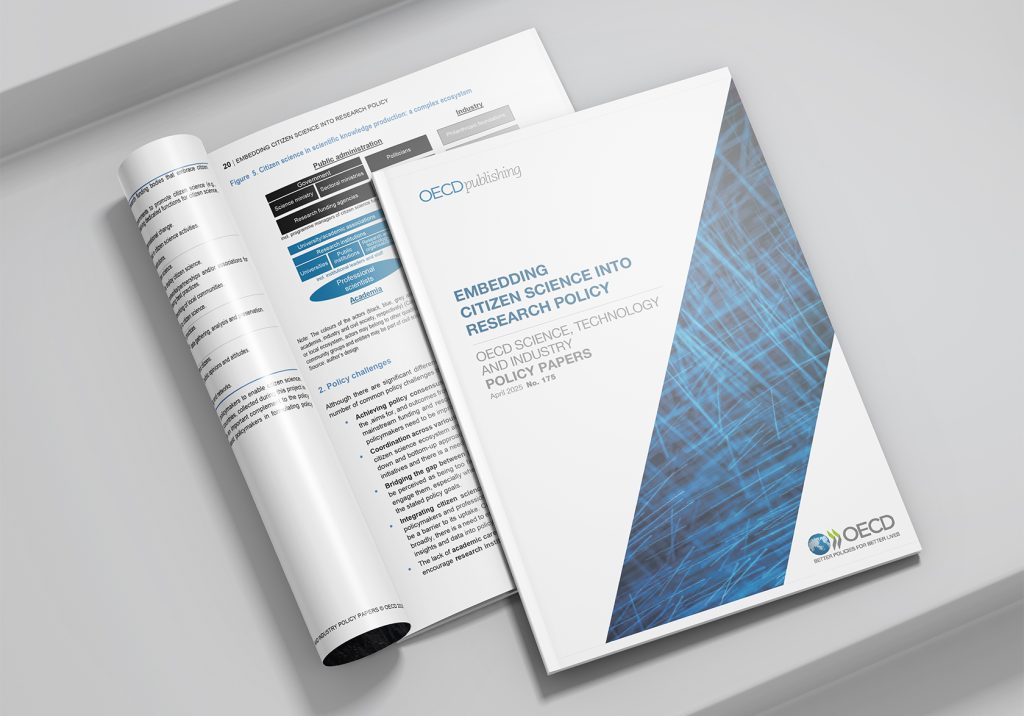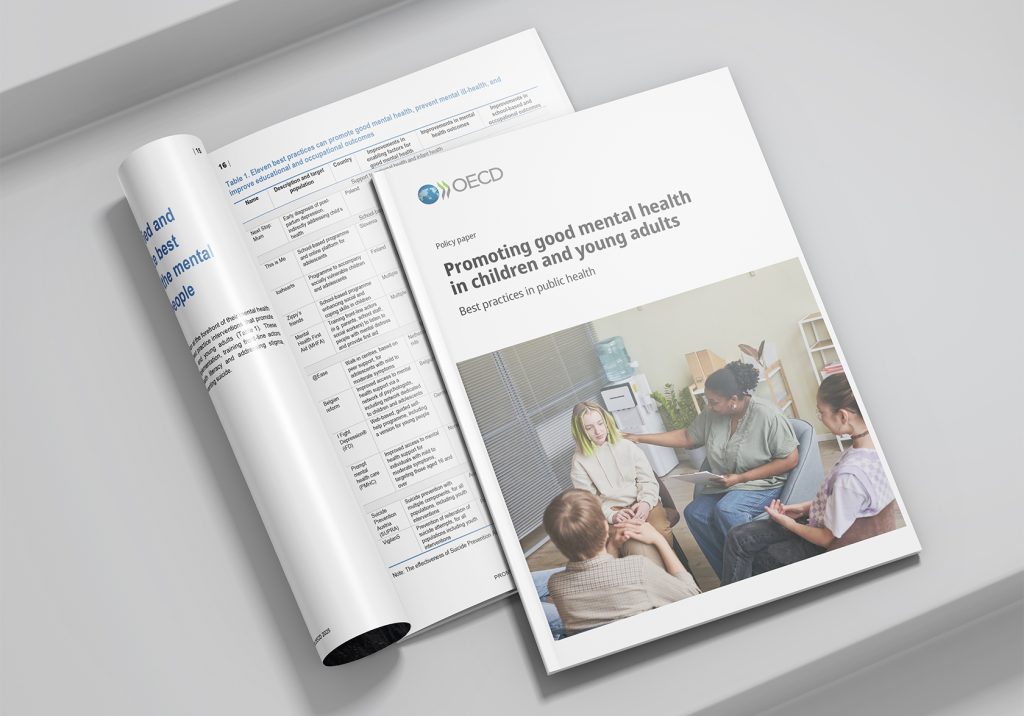Education at a Glance 2025 focuses on higher education, analyzing who enters, who graduates, and what outcomes they achieve in the labor market, while cross-referencing this information with the skills measurement from the OECD’s 2023 Programme for the International Assessment of Adult Competencies (PIAAC). Expanding access to higher education is no longer enough; it is essential to ensure progression, completion, and useful skills.
The report shows that family background continues to weigh heavily. On average across the OECD, 70% of young people (aged 25–34) with at least one parent holding a university degree obtain a higher education diploma, compared to 26% among those whose parents did not complete secondary school — a clear portrait of persistent inequalities in access to and success in higher education.
Another key finding: completion rates remain a weak point. Among new students enrolled in bachelor’s programs, 43% finish within the expected time; 59% within +1 year; and 70% within +3 years. Gender gaps persist (with men graduating at lower rates than women), suggesting the need for academic support, guidance, more structured study plans, and interim skills certification.
Although education continues to provide protection against unemployment and open doors to qualified jobs, PIAAC indicates that between 2012 and 2023, adult literacy and numeracy stagnated or declined in many countries. In other words, formal qualifications without effective skills are insufficient: investment in the quality of learning and lifelong training is critical.
In sum, Education at a Glance 2025 reinforces that measuring educational success goes beyond enrollment rates: it requires focusing on equity of opportunity, meaningful completion, transferable skills, and social and economic outcomes that justify public and private investment — with particular attention to higher education and transitions into the labor market.
Read the full report here.


